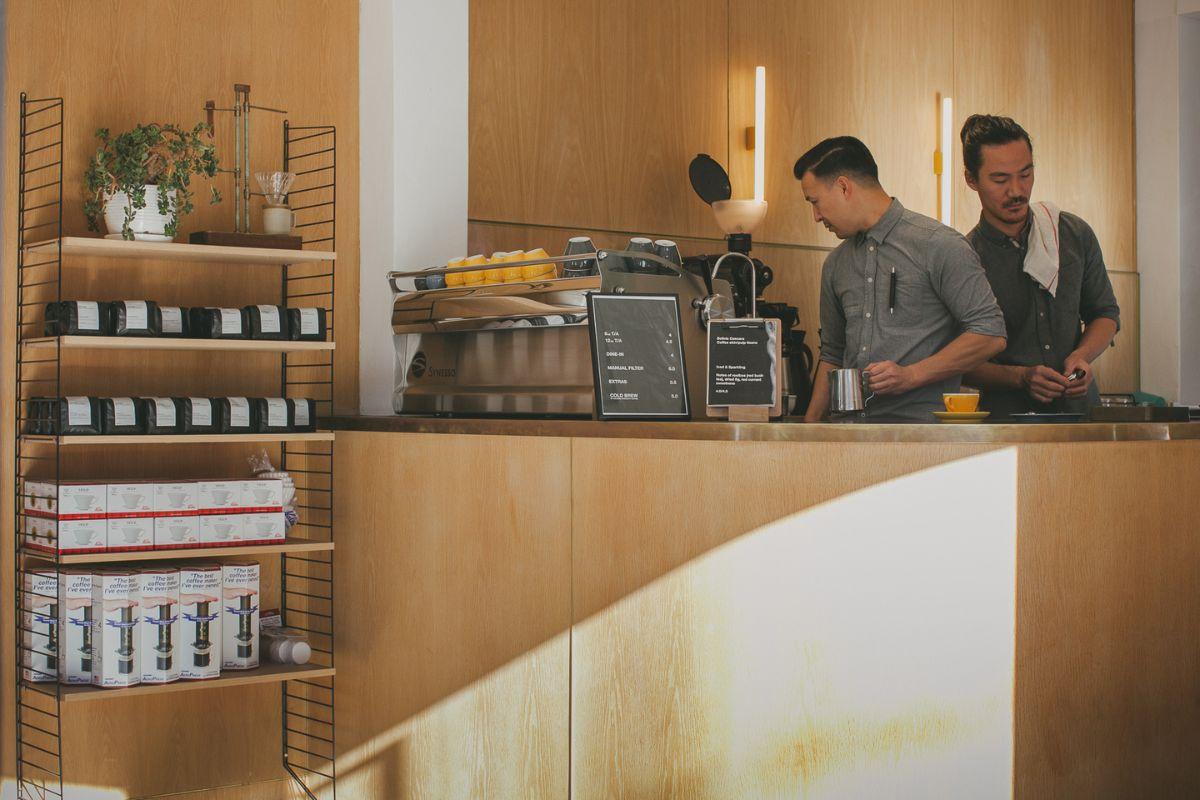Best White Tarpaulin for Privacy Screens & Setup Guide

Whether you are unwinding in your backyard, throwing a small party, or setting up a workspace where secrecy is crucial, building privacy in outdoor areas is now more vital than it has ever been. Using a white tarpaulin is among the simplest and least expensive ways to get this seclusion. A white tarpaulin, when picked wisely, can turn an open area into a secluded, comfortable, and aesthetically pleasing personal space. Choosing the ideal White Tarpaulin for privacy screens, why material quality counts, and how to correctly install it for long-lasting performance are all covered in this guide.
Why Choose White Tarpaulin for Privacy
The clean and neutral look white tarpaulin adds to any space makes it a favorite. It easily combines with gardens, patios, construction zones, marketplaces, garages, and festival settings. Unlike black covers, white tarpaulins reflect rather than absorb sunlight, which keeps the area behind the screen cooler.
This is particularly helpful in hot weather when privacy is required or when you wish to provide a shaded area without feeling confined or muggy. The brightness of a white tarpaulin improves general visibility, therefore the area feels open while yet giving the visual barrier you need.
The Role of Material Quality in Tarpaulins
Not every tarpaulin is manufactured similarly. The degree of protection, lifespan, and reliability you need from a privacy screen depends on the quality of the material. PVC tarpaulin is among the most durable currently used materials. Coating polyester fabric with a coating of polyvinyl chloride, a process that improves general performance, tear strength, UV resistance, waterproofing, and
Simple polyethylene sheets are less strong than this kind of tarpaulin, which has a dense coating that gives it a more solid and less see-through surface just what you need for a privacy screen. A white PVC tarpaulin can also resist prolonged exposure to sunlight without brittle or yellowing.
Benefits of Using PVC Tarpaulin for Privacy Screens
People pick PVC tarpaulin for privacy screens because of its consistent protection in every kind of outdoor setting. Its waterproof coating guarantees that rainwater slides off rapidly, therefore avoiding soaking or leaks. Long-term outside applications of the privacy screen provide a big advantage if you intend to use it.
Crucially in damp or wet environments where tarpaulins built of less expensive materials usually break down, the fabric also resists mold and mildew. Because of their weight and structure, PVC tarpaulins are also very resistant to wind, which cuts down on flapping noise and keeps them from tearing. A PVC Tarpaulin, when correctly fastened, can produce a strong, stable wall even in windy weather.
Ensuring Proper Light Blocking and Visibility Control
Achieving the best tarpaulin results depends on selecting the right thickness and size. Before buying, thoroughly measure your area as a privacy screen should cover everything. Tarpaulins come in a variety of sizes; most manufacturers provide custom sizing if necessary.
Usually, thickness is expressed in GSM grams per square meter. Stronger protection comes from a thicker tarpaulin. A GSM between 500 and 700 is perfect for privacy screens, particularly while choosing a PVC tarpaulin. This spectrum strikes just the right compromise between power and adaptability. Selecting a tarpaulin that is excessively thick could make it more difficult to manage; too thin could lead to transparency or accelerated wear.
Eyelets and Reinforced Edges for Better Support
Building a solid privacy screen depends on seemingly minor features like the placement of eyelets and the longevity of the edges. Good tarpaulin should have reinforced corners to stop fraying and ripping in strong winds or after prolonged use.
Eyelets spaced consistently around the edge help to fasten the tarpaulin using rope, cable ties, or elastic bands. The best option are stainless steel or brass eyelets as they resist corrosion. These fixed points hold the tarpaulin flat and minimize movement, hence providing your privacy screen with a neat and polished finish when it is pulled taut.
Ensuring Proper Light Blocking and Visibility Control
Privacy screens are primarily intended to obscure view; white tarpaulins accomplish this well when constructed from a thick, coated material. The thickness and substance of the tarpaulin influence its opacity. Since its coating limits the quantity of light able to permeate, a PVC tarpaulin gives greater privacy than more simple choices.
Good quality fabric will always give great screening even if white is paler in hue. If privacy is particularly crucial, pick a tarpaulin made particularly for blocking vision or one with a greater GSM. In places where more coverage is desired, you can also double-layer the tarpaulin or lay it somewhat diagonally.
How to Install a Tarpaulin Privacy Screen
Putting up a tarpaulin privacy screen is easy, but doing it right makes it last longer and keeps it from falling down. Start by setting the installation location ready and figuring out where the tarpaulin will be fastened. Most individuals tie it to stands, fences, poles, or walls. Ensure the design you pick will support the tarpaulin without shifting or bending.
Unfold the tarpaulin and place it along the frame once your assistance is ready. Secure the eyelets using rope, cable ties, or bungee cords. Begin at the top corners and proceed across the upper edge before fastening the sides and bottom. To prevent drooping, which could trap wind and lead to early wear, stretch the tarpaulin tautly. If the installation area is large, think about putting extra support posts in the middle to spread the weight and make the screen firm.
Maintaining and Cleaning Your Tarpaulin
While correct maintenance significantly prolongs a tarpaulin's lifespan, a decent one can last for years. It's easy to clean your white tarpaulin, and no special tools are needed. Rinse it with fresh water and use a gentle soap if it is stained or filthy. Stay away from strong chemicals that might hurt the coating. Store the tarpaulin only after it is totally dry to avoid mold formation.
Fold it precisely and store it in a cool, dry spot if you're taking it from a long-term setup. Examine the edges and eyelets frequently for wear indications, and address any minor flaws quickly to keep them from worsening. Because PVC tarpaulins usually require less maintenance than other materials, they are ideal for those seeking a privacy solution with little upkeep.
Ideal Uses for White Tarpaulin Privacy Screens
Many different applications for white tarpaulin privacy screens abound. They are frequently used in homes as garden fences, backyard shades, pool-side enclosures, and temporary partitions during outdoor parties. Homeowners appreciate the way a white tarpaulin hides flaws they would prefer not to see while also brightening the room.
In business settings, these tarpaulins are used in market stalls, event tents, workshop sections, construction sites, and storage areas. For companies who need privacy without compromising cleanliness and visual appeal, a white tarpaulin looks quite professional and is a perfect option. Tarpaulins are essential for farmers and outdoor workers to safeguard crops, animals, and equipment as well as to maintain some places free from outsiders.
Comparing White Tarpaulin with Other Colors and Materials
Although some might question how white tarpaulin stacks up against other hues and materials, it offers several benefits. Darker tarpaulins like green, black, or blue can soak up more heat, which might make the area behind the screen warmer. If the aim is shading instead of brightness, they might come in handy. They don't, however, reflect light as well and might fade more quickly under continual sunlight. Though they have their uses, materials like canvas or mesh do not give the same degree of weather resistance or privacy. Because of its robust, waterproof, and UV-resistant design, PVC tarpaulin is the best general option. White PVC tarpaulin is still among the most dependable choices for those who want long-term privacy in an outdoor environment.
Cost, Value, and Longevity
Investing in a good tarpaulin ultimately saves money in the long run by helping you choose the appropriate one. Although cheaper tarpaulins might appear like a good bargain, they frequently rip readily, fade, or turn too transparent after only a short time. Though PVC tarpaulin could initially cost more, it lasts considerably longer and handles better in severe conditions. Its simplicity of maintenance keeps extra costs at bay, and its robustness lowers replacement frequency. You want a material that keeps its strength and cleanliness all year long when it is used as a privacy screen. A decent white tarpaulin accomplishes precisely that and keeps its worth for years.
Final Thoughts
Making a white tarpaulin privacy screen is among the best methods to turn an outside location into a cozy and private place. Selecting a material that offers weather resistance, opacity, and durability is crucial; a PVC tarpaulin continues to be the best option for these demands. Your privacy screen will stay tight and look nice for a long time if it is the correct thickness, has reinforced edges, strong eyelets, and is put in correctly. Anyone trying to increase privacy without constructing permanent buildings will find this basic solution to be flexible, available, and ideal.





